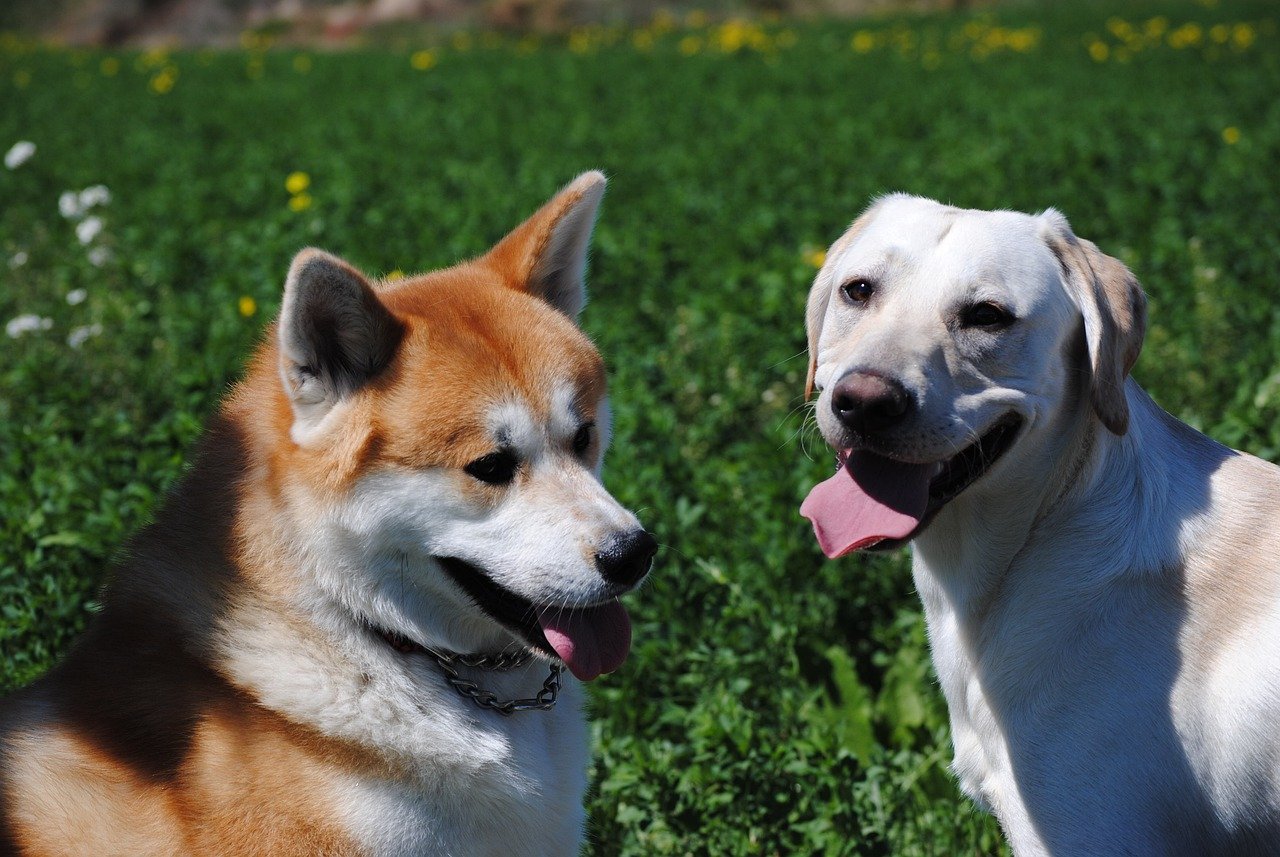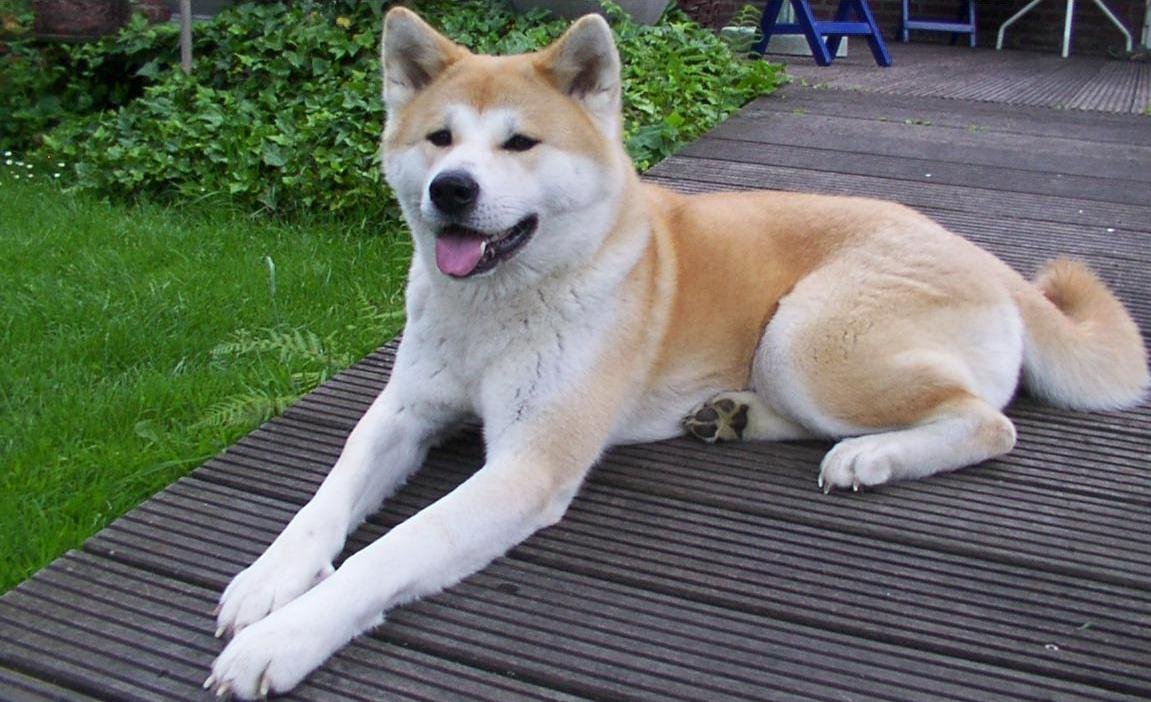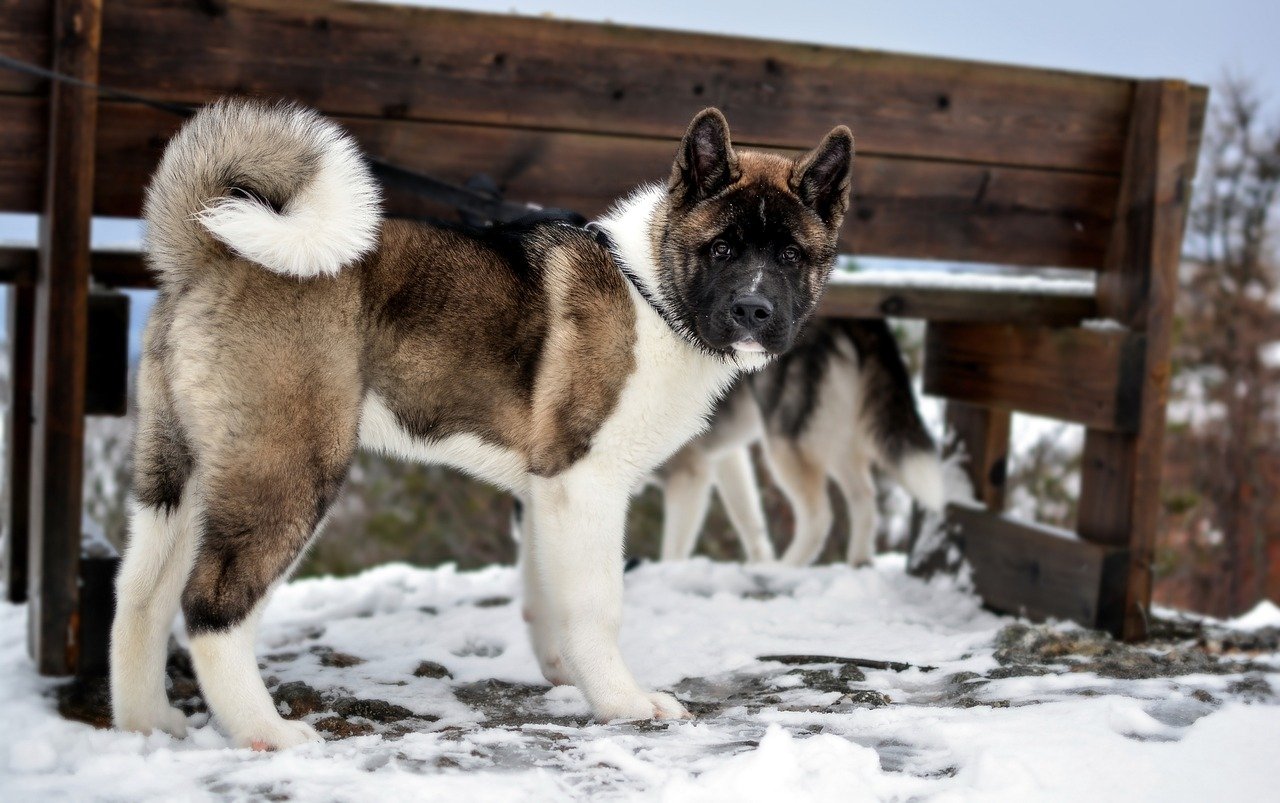Have you ever locked eyes with an American Akita and felt that electric spark? Their noble stance and soulful eyes are hard to resist—like a fluffy guardian from a fairytale. But before you let one of these magnificent dogs bound into your life, there are a few things you absolutely need to know. The Akita isn’t your average dog. They’re loyal to the bone, sometimes stubborn as a mule, and have hearts as big as their fluffy tails. If you’re dreaming of sharing your home with this amazing breed, let’s get real about what you’re signing up for—both the joys and the challenges.
They’re Fiercely Loyal, Sometimes to a Fault
American Akitas are famous for their unwavering loyalty. If you’re their person, they’ll stick to you like glue, ready to defend you from anything—even the mailman. This bond is powerful and can be deeply moving, but it also means your Akita might be wary of strangers and slow to trust guests. Don’t be surprised if your friends get the side-eye for a while.
With loyalty comes protectiveness. Akitas naturally want to safeguard their family. Early socialization is crucial so they don’t become overprotective or suspicious of everyone who walks through your door. Think of it as teaching your Akita that not every visitor is a potential intruder—some people just bring pizza.
Socialization Isn’t Just a Buzzword—It’s Essential

Introducing your Akita to new people, places, and experiences from puppyhood is non-negotiable. These dogs are naturally reserved, and without proper socialization, they can become aloof or even reactive with strangers. Imagine your Akita as a sponge—they soak up what you show them, so give them a world full of positive encounters.
Take them on walks through busy parks, invite friends over, and let them meet other friendly dogs (under supervision). Early exposure helps your Akita develop confidence and manners. It’s not just about avoiding problems; it’s about helping them feel safe and happy in a busy world.
They’re Not Always Dog-Friendly

Here’s the honest truth: American Akitas can be dog-selective. They were originally bred for hunting and guarding, so they might not get along with every dog they meet, especially those of the same sex. Picture a proud king or queen who doesn’t want to share their throne—sometimes, that’s your Akita.
If you already have dogs at home or plan to visit dog parks, be cautious. Supervise interactions, start introductions slowly, and never force friendships. Some Akitas are perfectly fine with dogs they’ve grown up with, while others prefer to be the only pet. Listen to your dog—they’ll tell you with their body language what feels safe and comfortable.
They Shed—A Lot
Be ready for a blizzard of fur. Akitas have a thick double coat that sheds heavily, especially during spring and fall. You’ll find tufts of hair in places you never expected—on your clothes, under the couch, and even in your morning coffee. A good vacuum becomes your best friend overnight.
Regular brushing, at least two to three times a week, helps keep the shedding under control and your Akita’s coat looking healthy. During heavy shedding seasons, daily brushing makes a noticeable difference. Think of it as bonding time—plus, your furniture will thank you.
Training Requires Patience and Consistency
Akitas are smart, but boy, can they be stubborn. Training isn’t about being the boss—it’s about building mutual respect. Use positive reinforcement and keep sessions short and engaging. Yelling or harsh corrections won’t work; you’ll just get the canine equivalent of an eye roll.
Start with the basics—sit, stay, come—and reinforce them daily. Akitas pick up on your mood and expectations, so be calm and clear. If you’re feeling frustrated, take a break. Training an Akita is a bit like teaching a teenager: they’ll test you, but with patience, they’ll surprise you with how much they can learn.
They Need Mental and Physical Stimulation

Don’t let their stoic faces fool you—Akitas need both brain games and exercise. Without it, boredom can turn into destructive habits like chewing or digging. Picture a super-smart toddler left alone with a box of crayons and a white wall. That’s an understimulated Akita.
Daily walks, playtime, and puzzle toys are your best allies. Try hiding treats around the house or teaching new tricks to keep their minds sharp. Even just exploring new routes on your walk can make a huge difference in their happiness and behavior.
Health Checks Are a Must

American Akitas are generally robust, but they do have some breed-specific health concerns. Hip dysplasia, thyroid issues, and autoimmune diseases are not uncommon. Spotting symptoms early—like limping, excessive thirst, or skin changes—can make a world of difference.
Regular vet check-ups, a healthy diet, and watching their weight help prevent many issues. If you ever notice your Akita acting off, trust your gut and call your vet. Catching problems early means more happy years together.
Space Matters—They’re Not Apartment Dogs
Akitas are large and energetic, so cramped spaces just won’t cut it. They thrive with a yard to roam or, at the very least, plenty of outdoor time. If you live in a small apartment, you’ll need a plan for daily, vigorous walks and activities.
A fenced yard is ideal since Akitas can be escape artists when bored. Without enough room or activity, they might develop behavioral problems. If you’re a city dweller, consider whether your lifestyle can meet their needs for space and adventure.
Would you be ready for the whirlwind of love, fur, and loyalty that an American Akita brings?

Born and bred in South Africa, a Capetonian at heart. Amy-Leigh’s love for nature and animals was inherited from her Dad. He loves taking the family on road trips to experience nature at its finest; Amy-Leigh’s favourite being whale watching in Hermanus and spotting Kudu along the West Coast. Amy-Leigh holds a BA in English Literature and Communication Studies.






